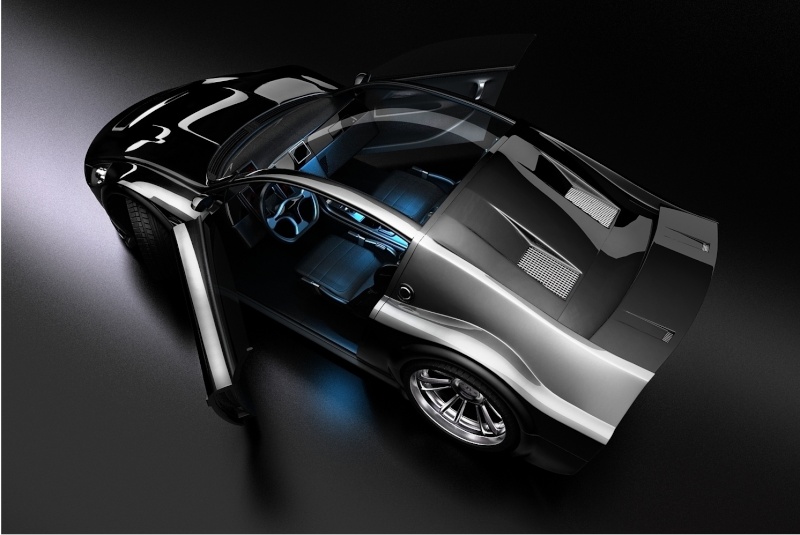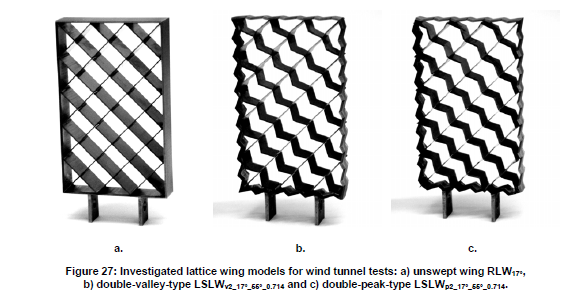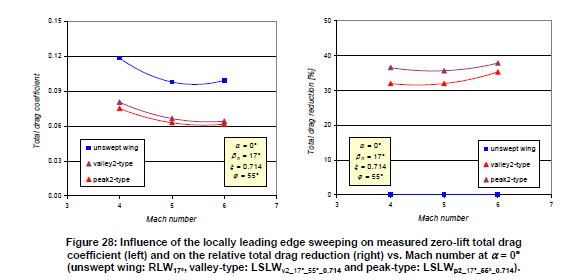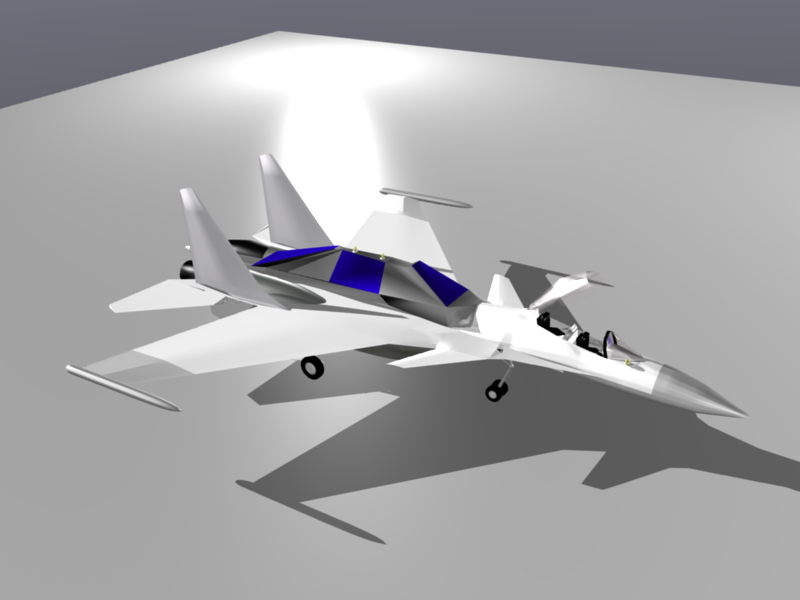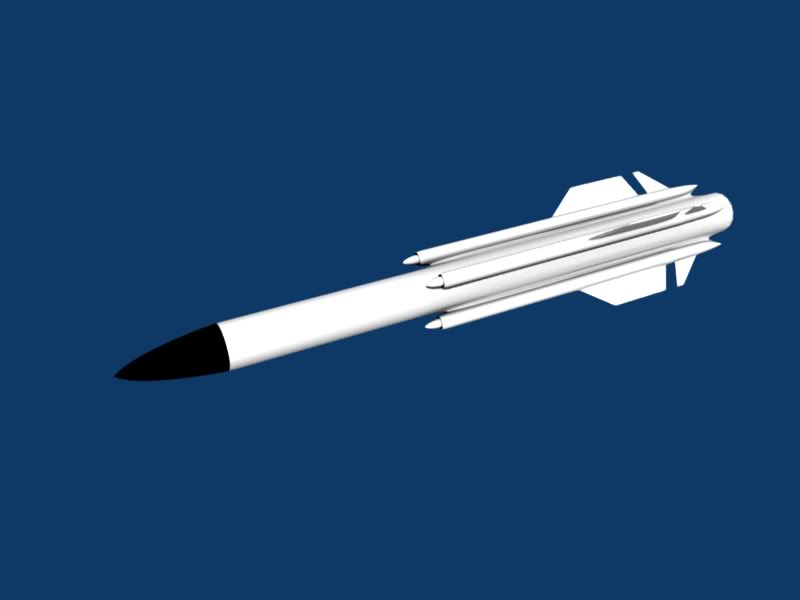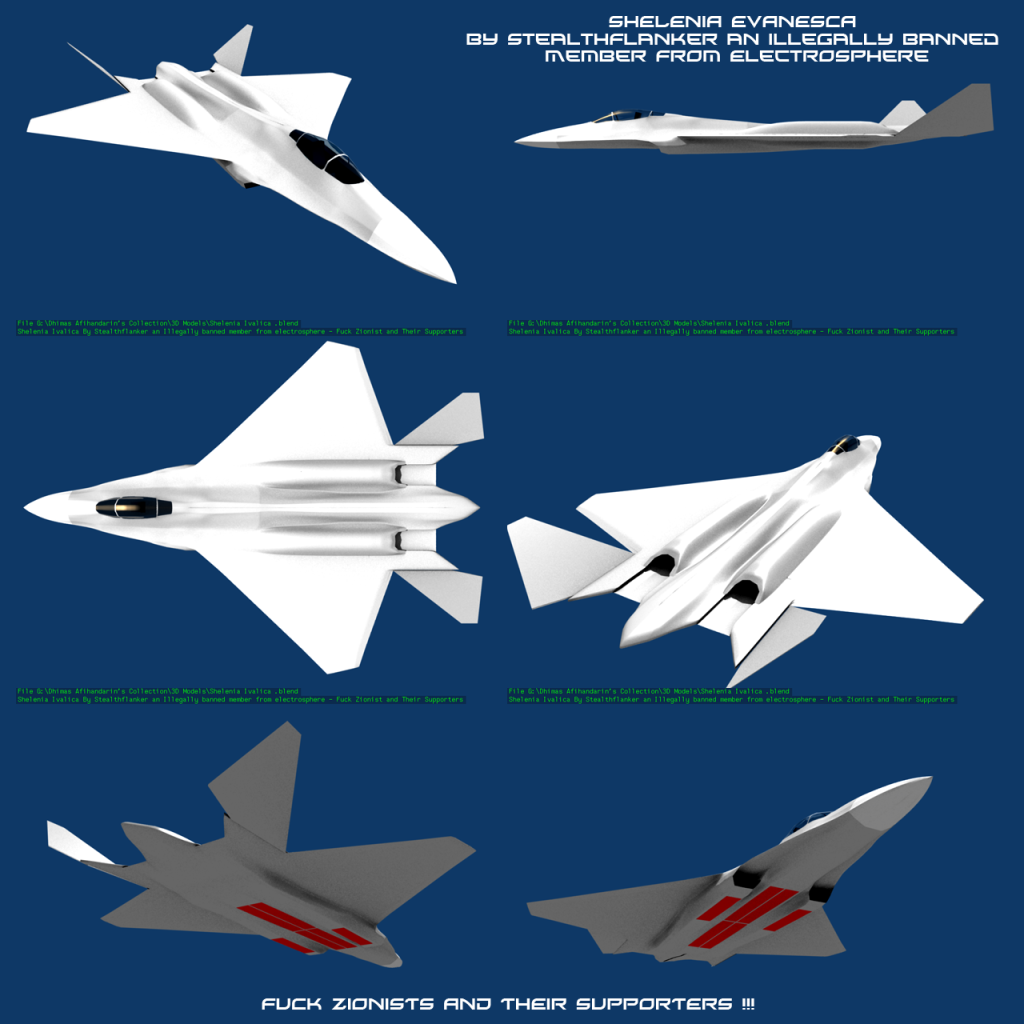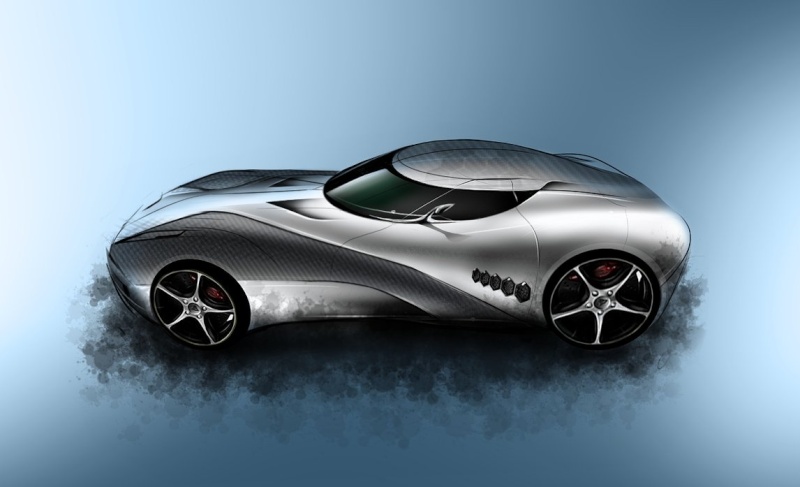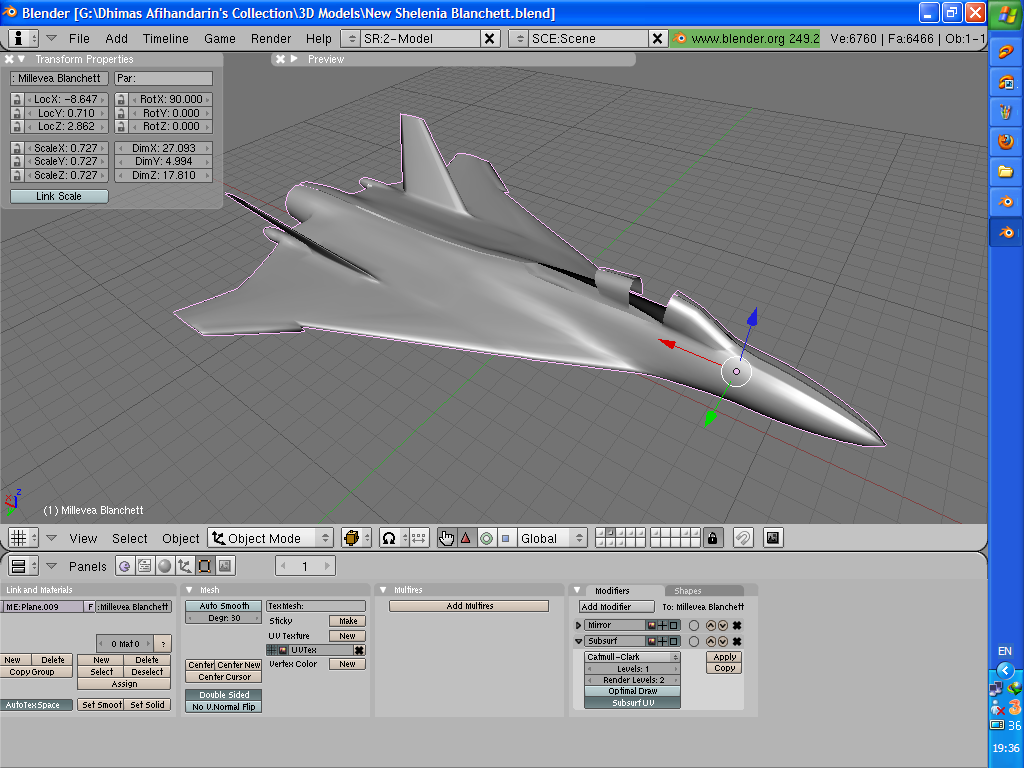GarryB wrote:I remember an American guy showing me a picture of an old US design that looked exactly like the Kh-31 and he said it was proof that the Russians copy everything American.
Of course we looked at the dates and it seems his American example was actually made several years after the SA-6 entered service in the Soviet Armed forces... it was an earlier example of a combined rocket ramjet propulsion where the solid rocket booster was fitted in the large empty space inside the ramjet engine rather than added on the end as a second stage like an SA-19 or American Standard SAM, or with solid rocket boosters attached around the fuselage like the SA-4 and SA-5.
He tried to tell me the Kh-31 couldn't be used from the Su-25TM because the Su-25TM was too slow and the missile couldn't accelerate to a speed where the ramjet would work.
I had to point out early tests of ramjet engines on the Polikarpov I-15 (the biplane version) to show ramjets just need forward speed to work, they don't need supersonic speed.
That's quite interesting, i wonder what design it is, since as far as i know The KH-31 was original Russian design , and it was bought by Boeing as "MA-31"
and yes the Kh-31 use a Rocket Ramjet propulsion , where a grain of solid fuel booster propellant were placed in the Liquid Ramjet's combustion chamber , once the solid propellant expended , the ramjet started to work

and yes the Ramjet requires only forward speed to work , i was used to have some pictures depicting some Soviet aircrafts before WW-II that fitted with Ramjet shaped as Tube and Soviet pulsejet engine that made in flight before Argus's pulsejet.
However Supersonic speed is required for the ramjet mainly for efficiency

anyway Regarding to Your Forum Mate's claim regarding whether Kh-31 cannot be used on Su-25 because "lack of starting velocity", hehehe how about testing that claim with little mathematics and approximation

The KH-31's solid fuel booster propellant is used mainly to accelerate the missile to the supersonic speed , it's boost performance will mainly depend on the rocket motor's thrust, ISP and how long it will burn , as well as Average drag parameters .
from those parameters we can actually estimate the Boost velocity performance .
with following equations taken from "Fleeman :Tactical Missile Design 1st edition"

with parameter definition as follows :
-Gc :Gravity acceleration 9,81m/s or 32,2 Fps
Isp :Is the rocket motor's specific impulse , typical solid rocket is around 250 seconds
The Davg : is the Average drag parameters in weight unit (kg or lb) , this is measured in the beginning till the end of boost phase .
T :is the Rocket motor's thrust, typical boost require at least 10x T/W ratio for safe separation from launch platform (CMIIW)
WP/WL : is a ratio of boost propellant weight (WP) and Launch Weight (WL)
well now we have all the parameters defined, now let's define the missile and its launch environment :
our missile would be Kh-31P with launch weight around 600 Kg (1333 Lbs), carried by Su-25 , cruising in Mach 0,85 in altitude of some 6000 meters AGL , the average drag in that altitude will be assumed as some 500Kg (1111 Lbs), weight of the boost propellant would be assumed to be some 35% of the launch weight thus the Launch propellant would weighs 600*0.35= 210kg (466,6 Lbs), and delivers thrust of 6000Kg (13.333 Lbf) (10x Launch weight) .
Now we have all the required calculation parameters satisfied, so we can begin to cook of the result :
a slight note, i did the equations in British Engineering units since i have some uncertainty in using it in metric units, however i'll get that doubt debugged soom.
Calculations parameters :
Gc=32,2 fps
Isp=250 Seconds
Davg=1111 Lbs
Thrust=13.333 Lbs
Launch Weight :1333 Lbs
propellant weight :466,6 Lbs
So plugging all those value here would result :
Boost velocity (Fps)=-32,2*250*(1-(1111/13333))*LN(1-(466/1333))
Boost Velocity (Fps)=3176.528 Feet/Second or 968,45 meter/second and in altitude of 6000 meters with speed of sound 315 meter/ second, the Missile in the end of boost phase would be able to do Mach 968,45/315= 3,1 yes it's Mach 3,1 should be more than enough for the ramjet to cook efficiently.
hmm if you wish to repeat above calculations, i suggest using Excel or comparable program




